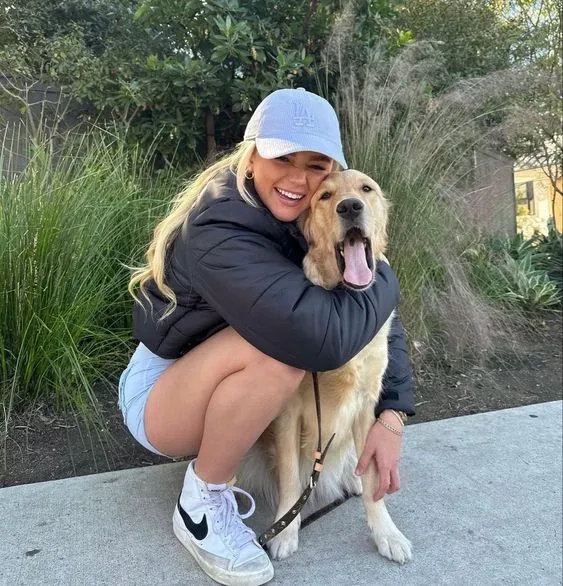Table of Contents
- Introduction
- Understanding Rabies in Dogs
- What is Rabies?
- How is Rabies Transmitted?
- Recognizing Symptoms of Rabies in Dogs
- Early Symptoms
- Advanced Symptoms
- Diagnosing Rabies in Dogs
- Clinical Signs
- Laboratory Tests
- Steps to Take if You Suspect Your Dog Has Rabies
- Immediate Actions
- Seeking Veterinary Care
- Preventing Rabies in Dogs
- Vaccination
- Avoiding Exposure to Rabid Animals
- Conclusion
Introduction
Dogs and people alike are susceptible to the serious and frequently lethal viral disease rabies dog, which attacks the central nervous system of mammals. Knowing the warning signs and symptoms of rabies is essential for dog owners in order to safeguard their animal companion, themselves, and the community. This article will provide detailed information on how to recognize the symptoms of rabies in dogs, the steps for diagnosis, and preventive measures to keep your dog safe from this deadly disease.
Understanding Rabies in Dogs
What is Rabies?
Rabies dog is a viral infection caused by the rabies virus, which attacks the nervous system. The illness is nearly always lethal as soon as symptoms manifest. Usually, an infected animal’s bite or scratch will spread the infection.
How is Rabies Transmitted?
The main way that rabies is transmitted is by the saliva of infected animals. Bites are the most frequent means of transmission. However, the virus can also be transmitted through scratches or open wounds that come into contact with infected saliva. The virus is often carried by wild animals such foxes, raccoons, skunks, and bats.

Recognizing Symptoms of Rabies in Dogs
Early Symptoms
The initial symptoms of rabies in dogs can be subtle and easily mistaken for other illnesses. Early signs may include:
- Behavioral Changes: Dogs may exhibit atypical levels of aggression, anxiety, or fear.
- Fever: A slight increase in body temperature.
- Excessive Drooling: Increased saliva production.
- Loss of Appetite: Decreased interest in food.
- Lethargy: General weakness or lack of energy.
Advanced Symptoms
More severe symptoms develop as the illness worsens, and these include
Diagnosing Rabies in Dogs
Clinical Signs
Diagnosing rabies in dogs is challenging because the early symptoms can mimic other diseases. Veterinarians typically rely on clinical signs and the dog’s history of exposure to potentially rabid animals. If rabies is suspected, the dog should be isolated immediately.
Laboratory Tests
Definitive diagnosis of rabies can only be confirmed through laboratory tests. Unfortunately, these tests are usually conducted post-mortem by examining brain tissue for the presence of the rabies virus. Ante-mortem tests, such as saliva, serum, or skin biopsies, are less reliable.
Steps to Take if You Suspect Your Dog Has Rabies
Immediate Actions
If you suspect your dog has rabies, take the following steps immediately:
- Isolate Your Dog: To stop the virus from possibly spreading, keep your dog away from people and other animals.
- Avoid Contact: Always use protective gear when handling your dog.
- Secure Your Dog: Ensure your dog is confined in a safe space where it cannot escape or come into contact with others.
Seeking Veterinary Care
Make quick contact with an emergency animal clinic or your veterinarian. They will advise you on the next steps, which may include quarantine or euthanasia if rabies is confirmed. It is also crucial to inform local health authorities, as rabies is a reportable disease.
Preventing Rabies in Dogs
Vaccination
The most effective way to prevent rabies in dogs is through regular vaccination. Ensure your dog receives its rabies vaccine according to the schedule recommended by your veterinarian. Vaccination not only protects your dog but also helps control the spread of rabies in the community.
Avoiding Exposure to Rabid Animals
- Keep Your Dog Indoors: Limit your dog’s unsupervised outdoor activities, especially in areas where wild animals are prevalent.
- Supervise Outdoor Activities: When your dog is outside, keep a close eye on them to prevent encounters with potentially rabid animals.
- Report Stray or Wild Animals: Inform local animal control or wildlife authorities about any stray or wild animals displaying unusual behavior.
Conclusion
Rabies is a deadly but preventable disease. As a responsible pet owner, it’s essential to be vigilant and proactive in protecting your dog from rabies. Recognizing the early signs, taking immediate action if you suspect infection, and ensuring regular vaccinations are key steps in safeguarding your pet’s health. By staying informed and following preventive measures, you can help keep your dog and community safe from the threat of rabies.





